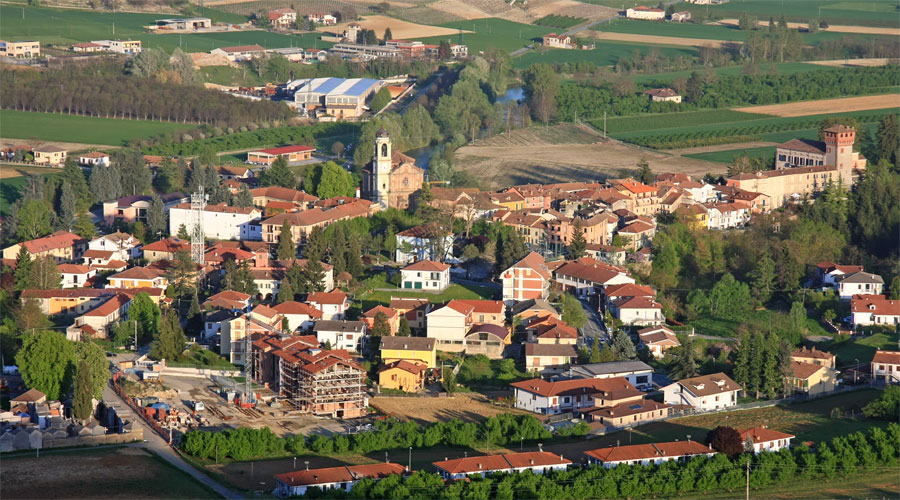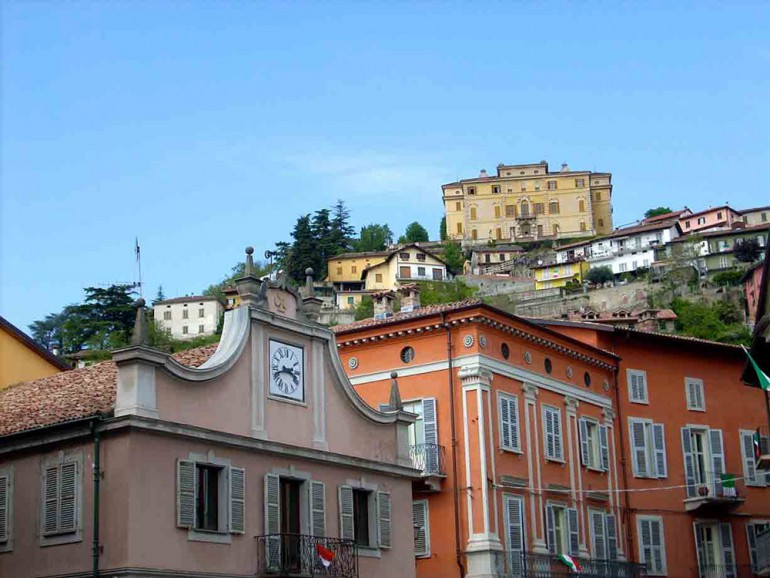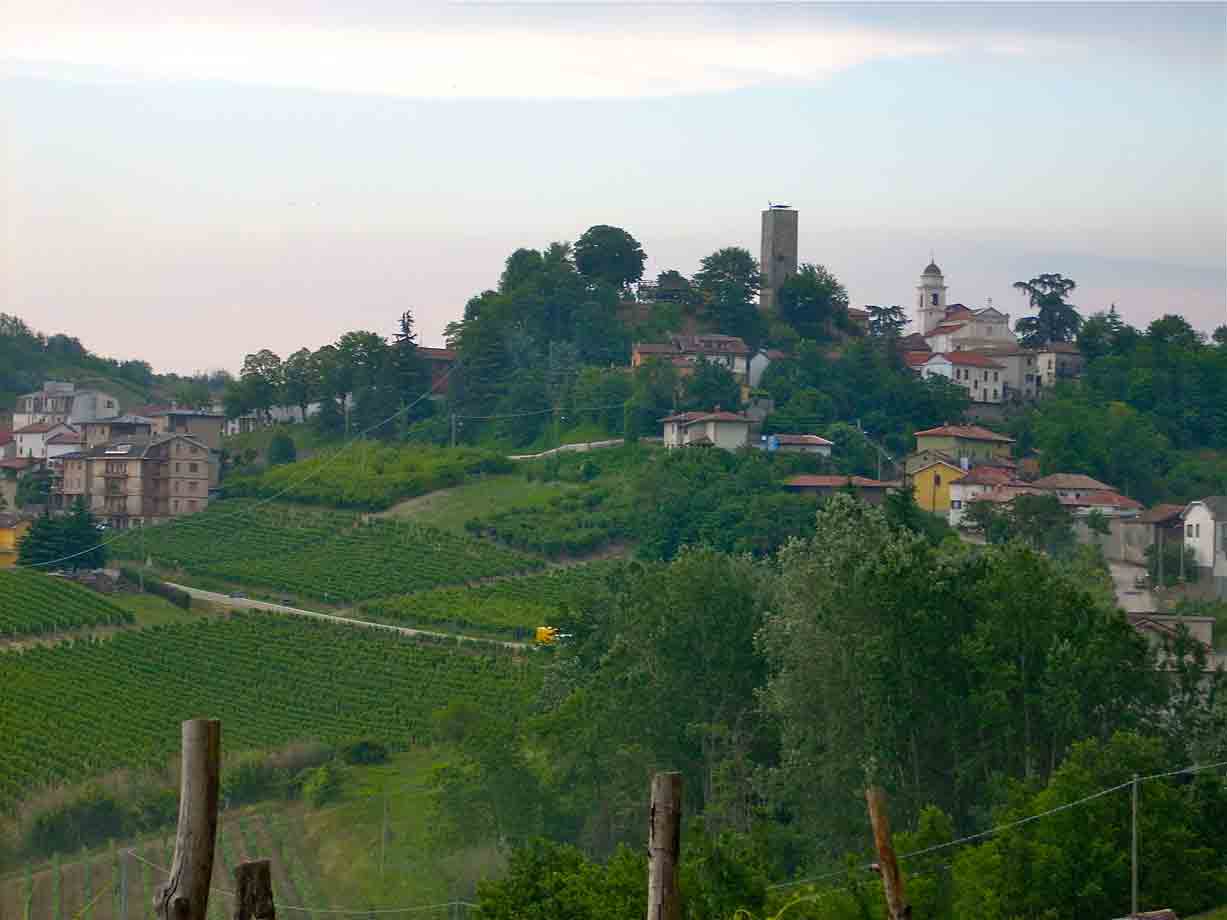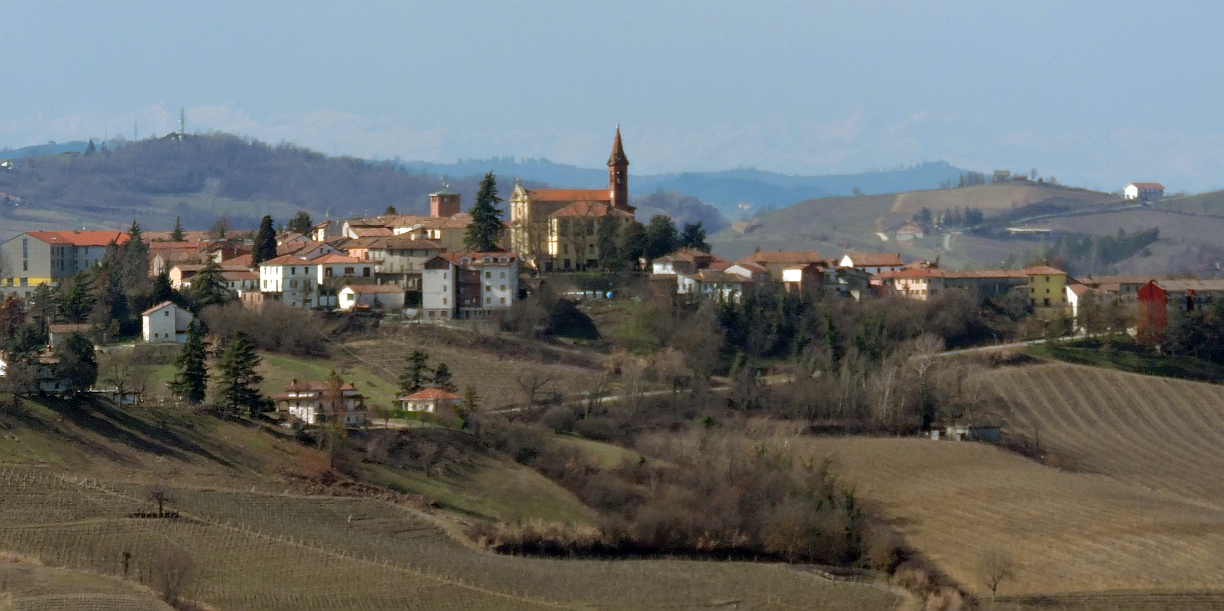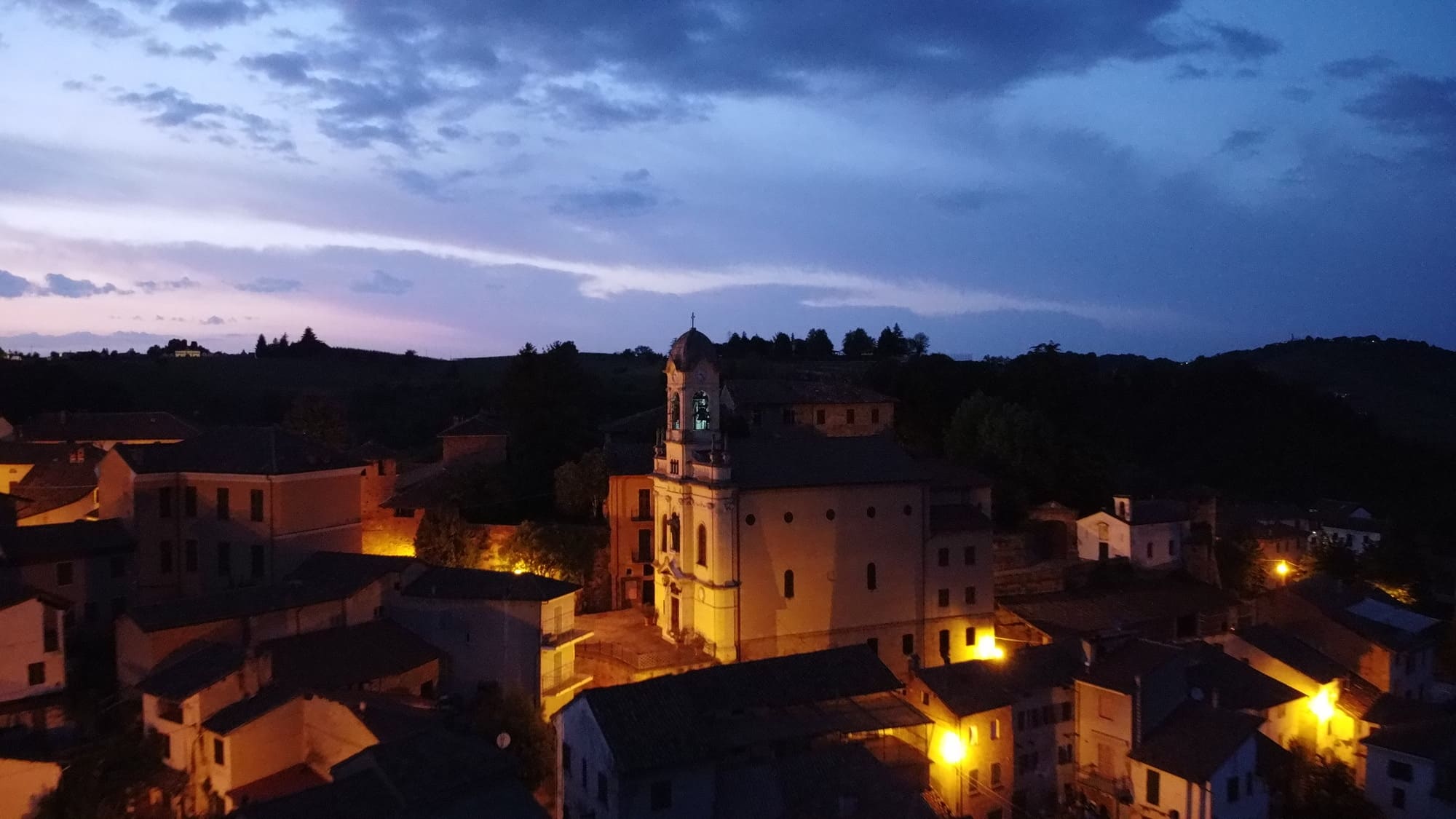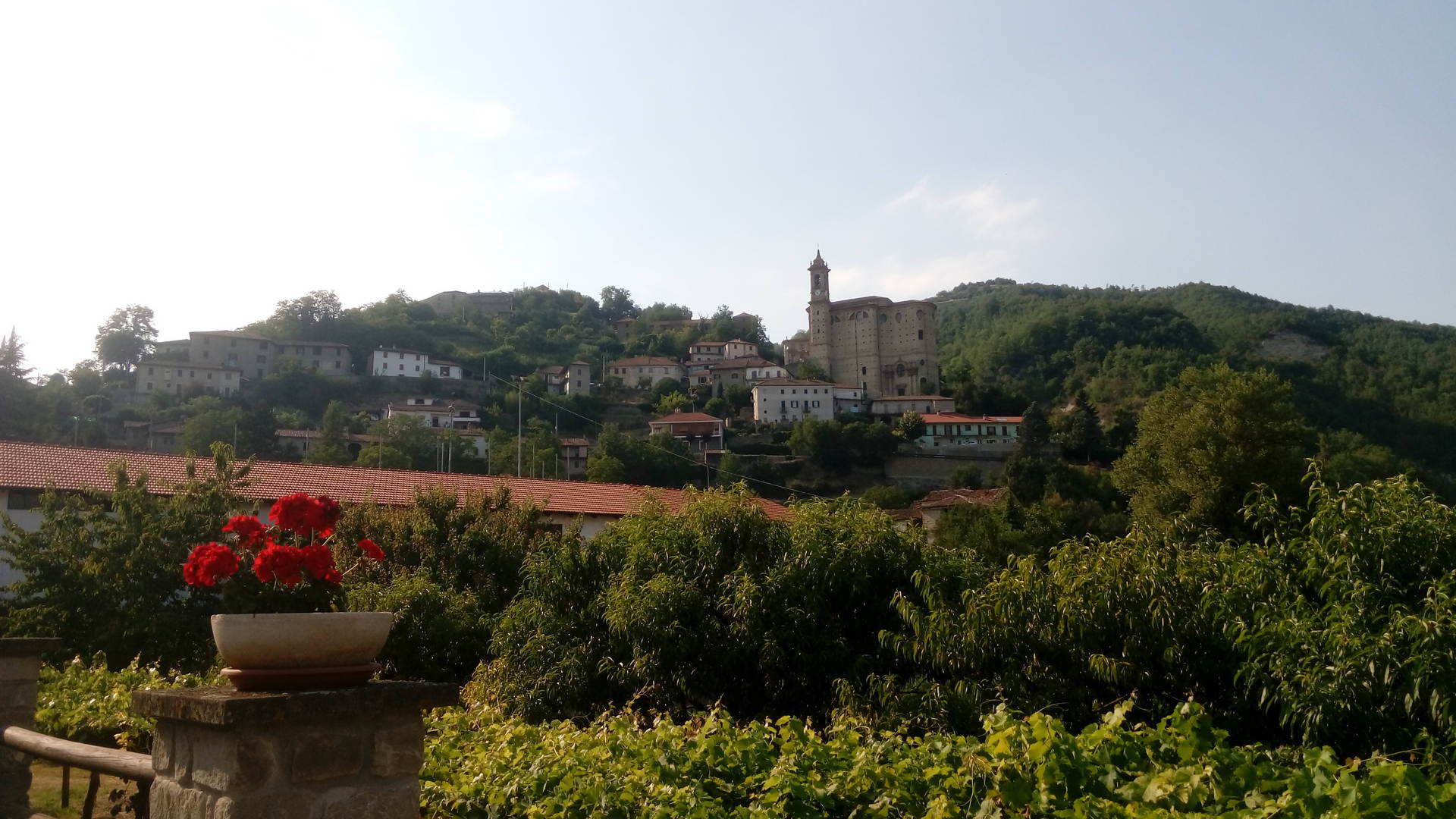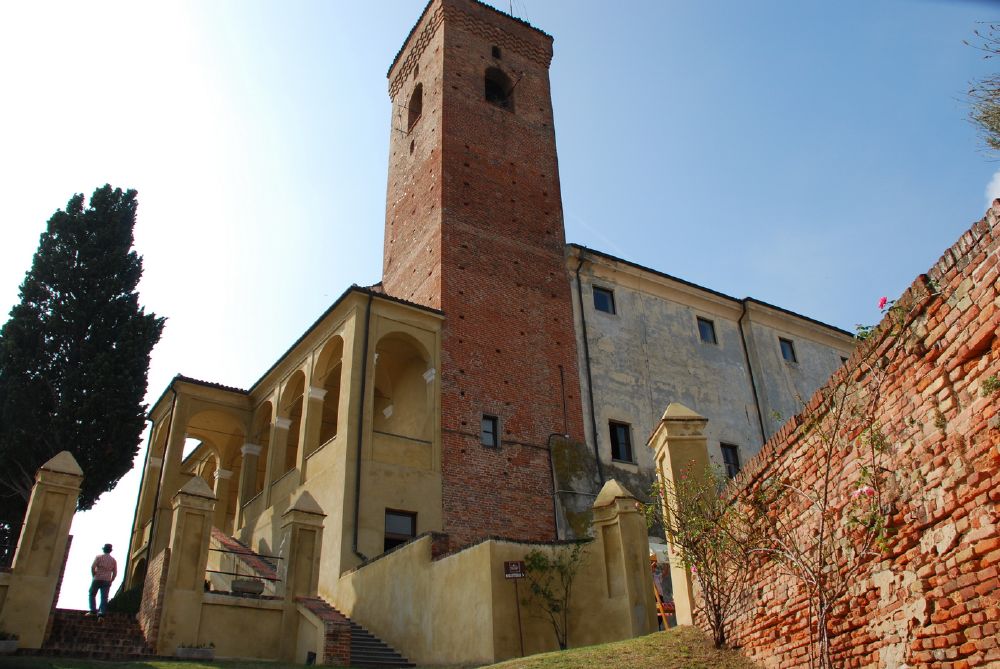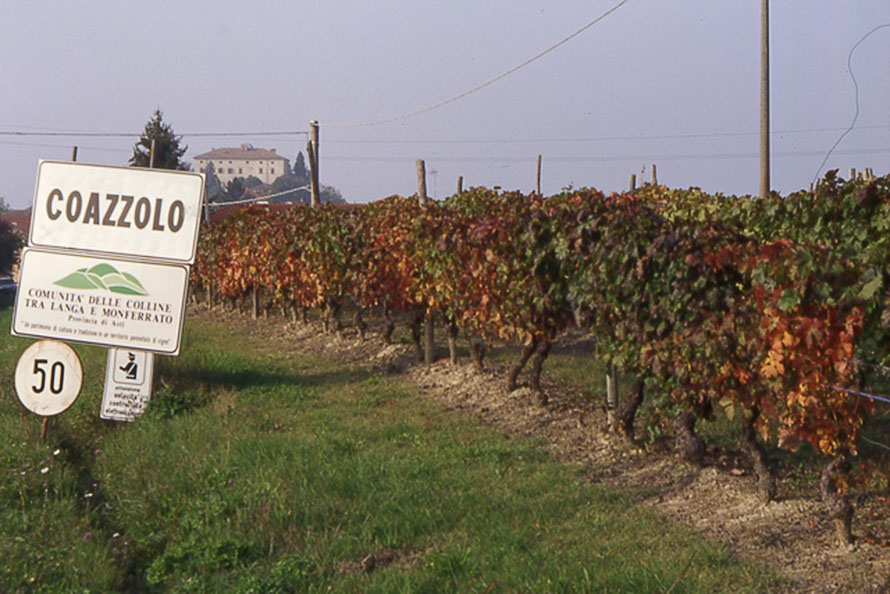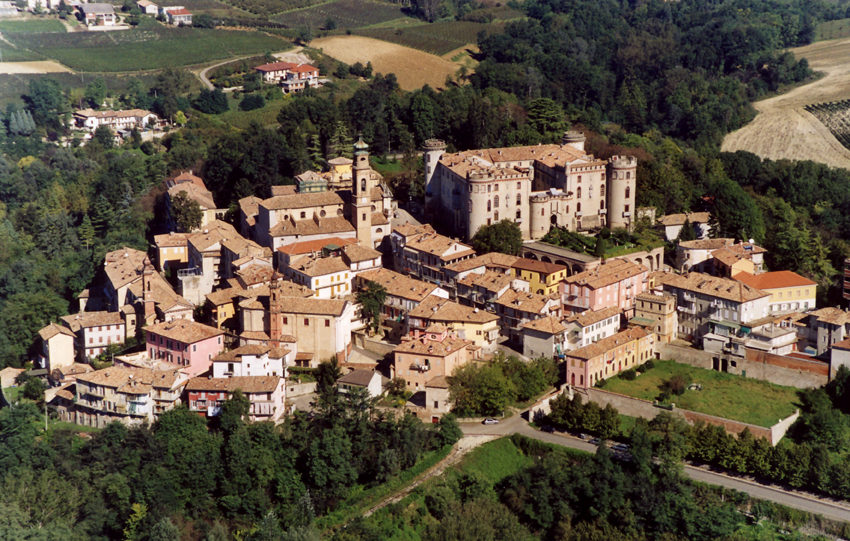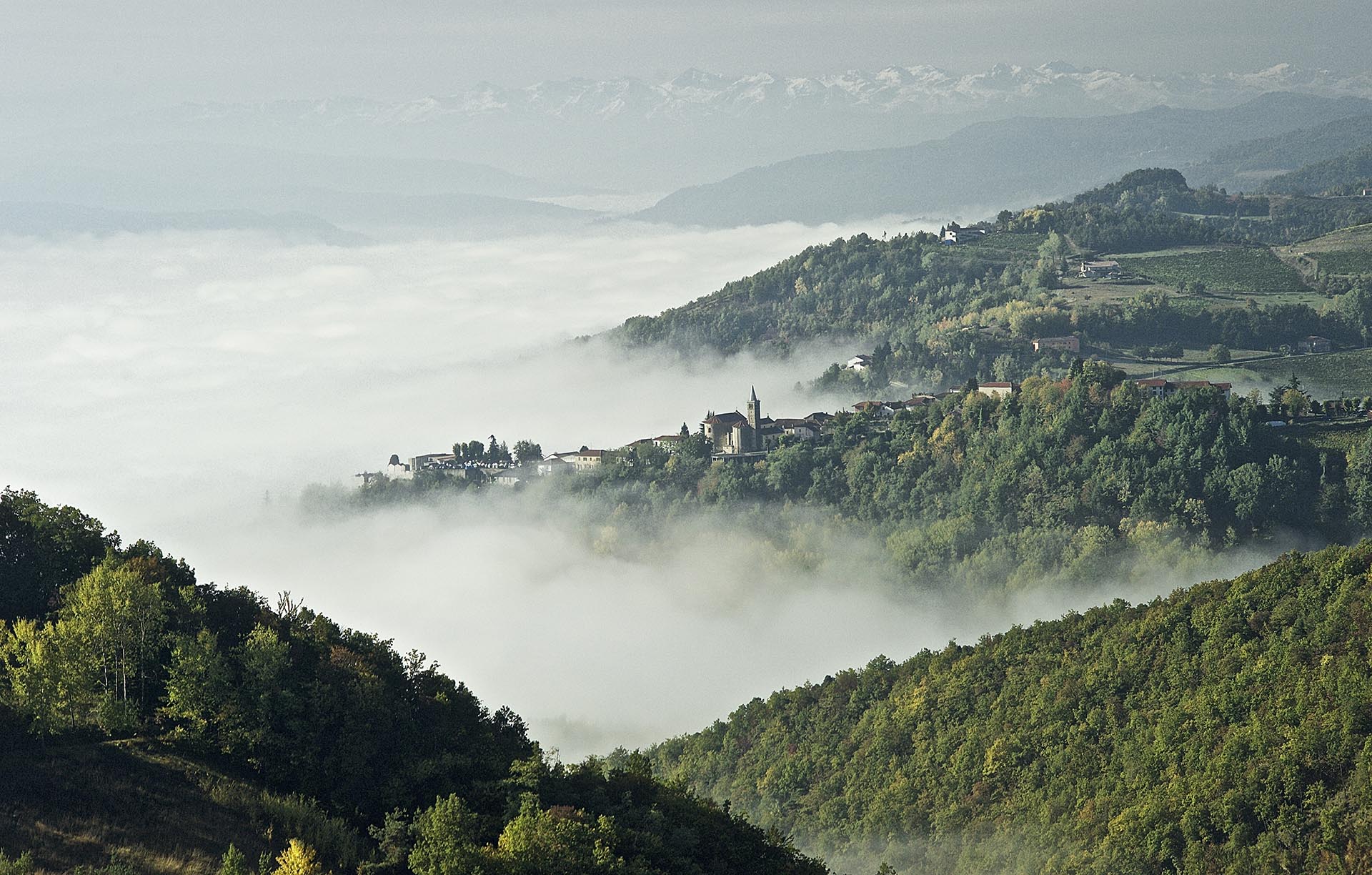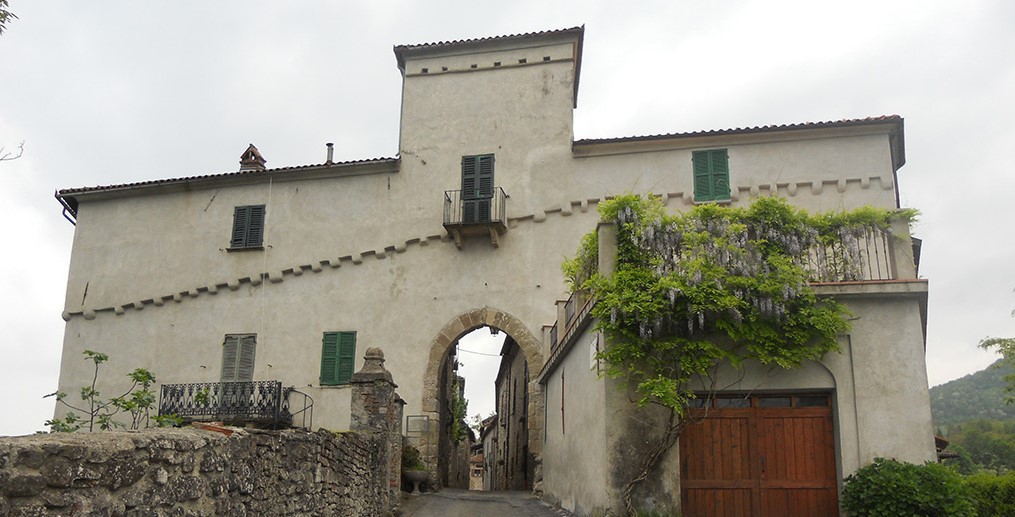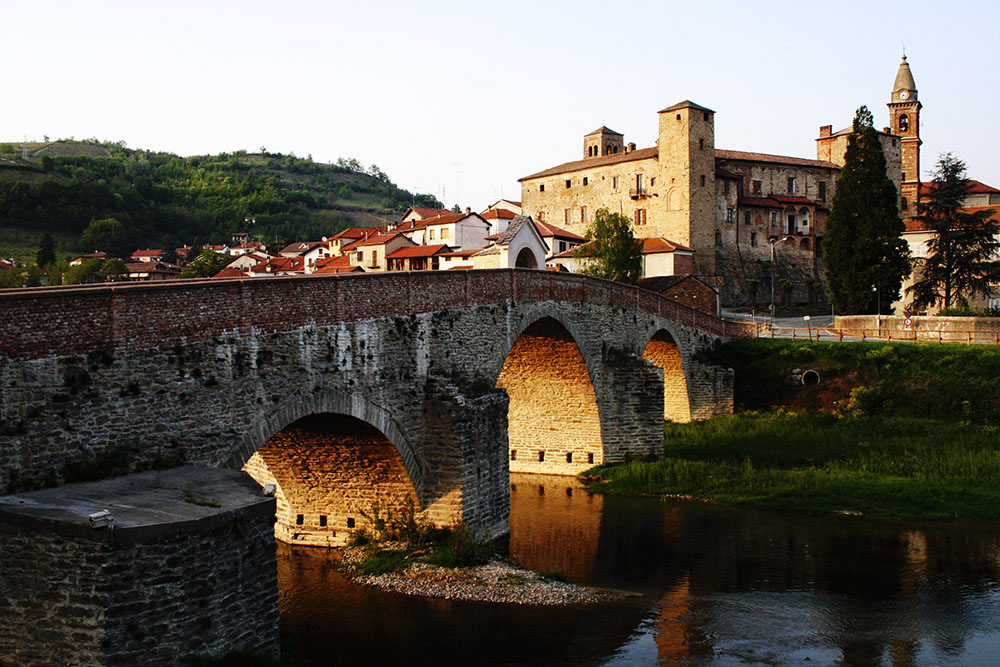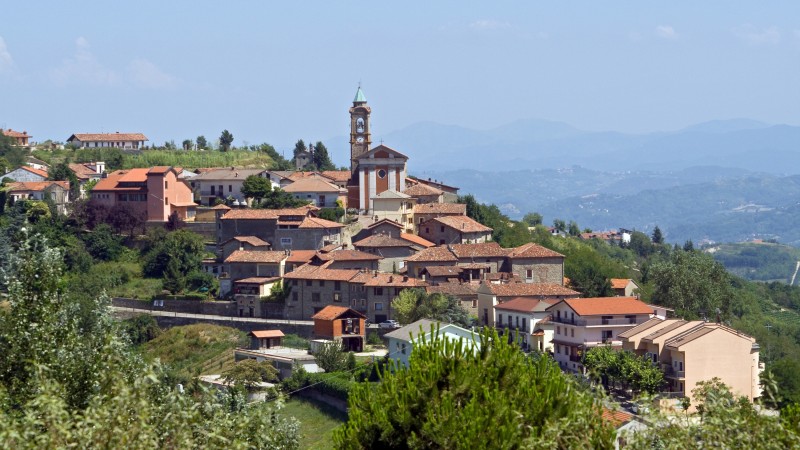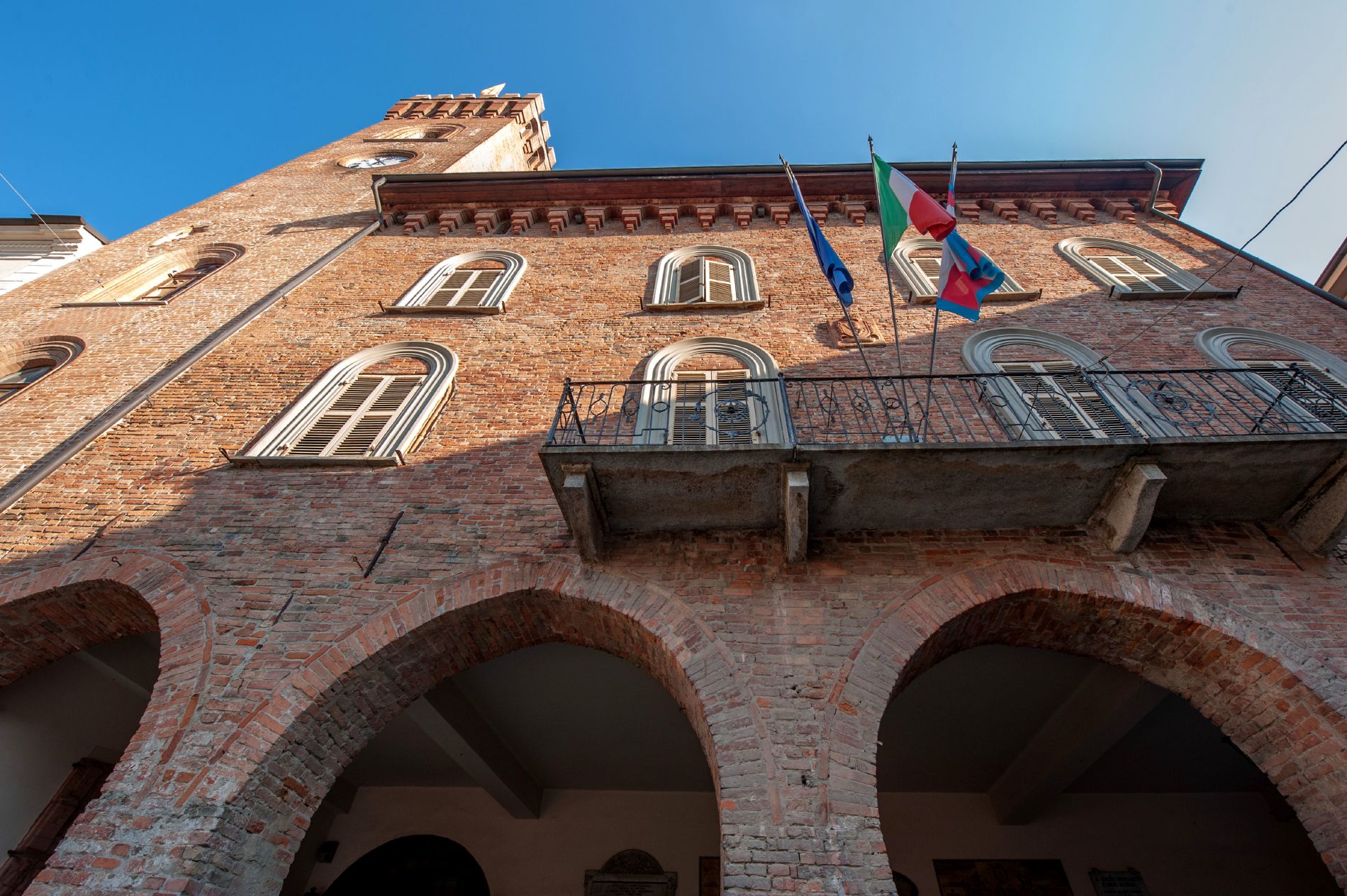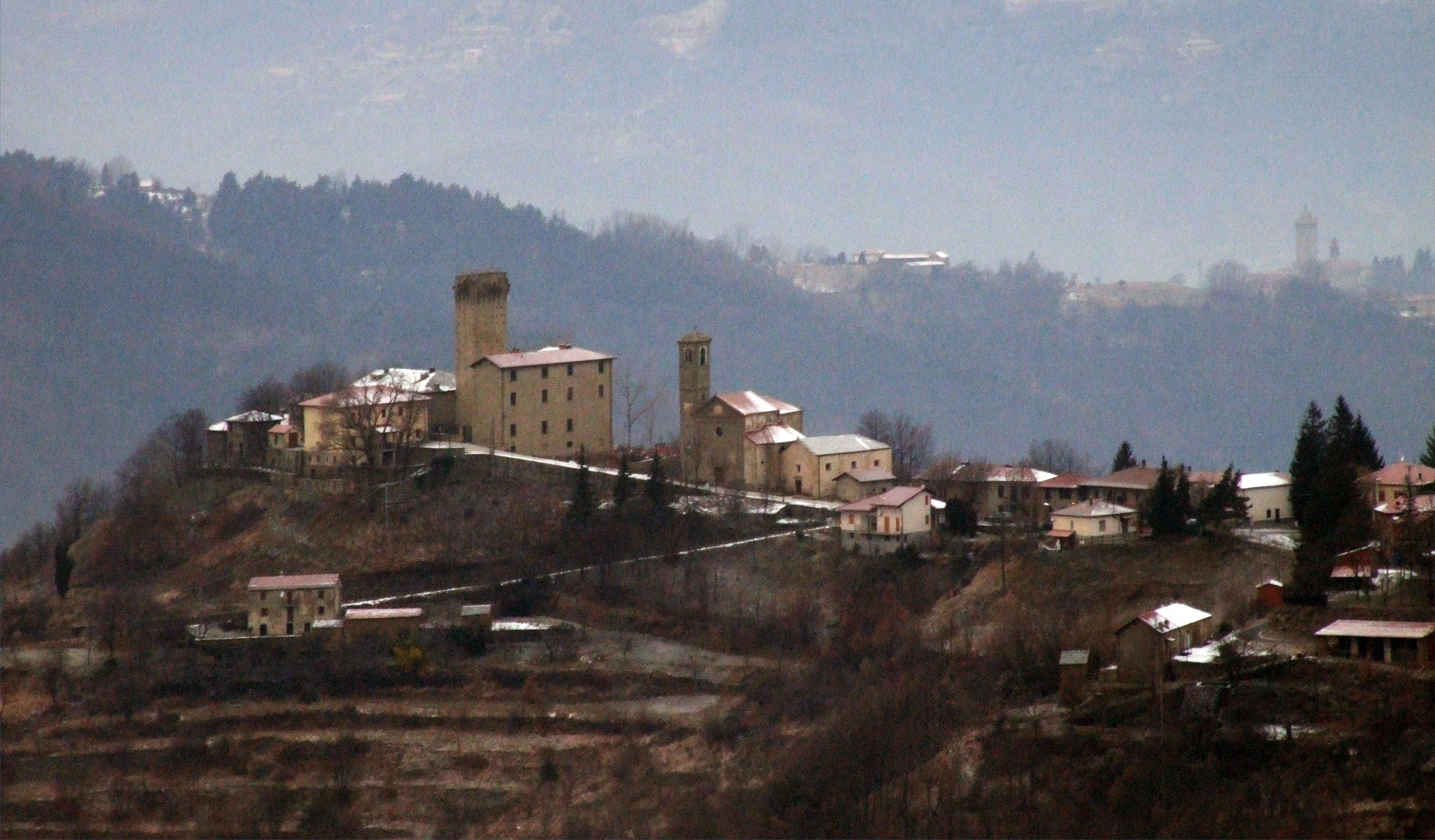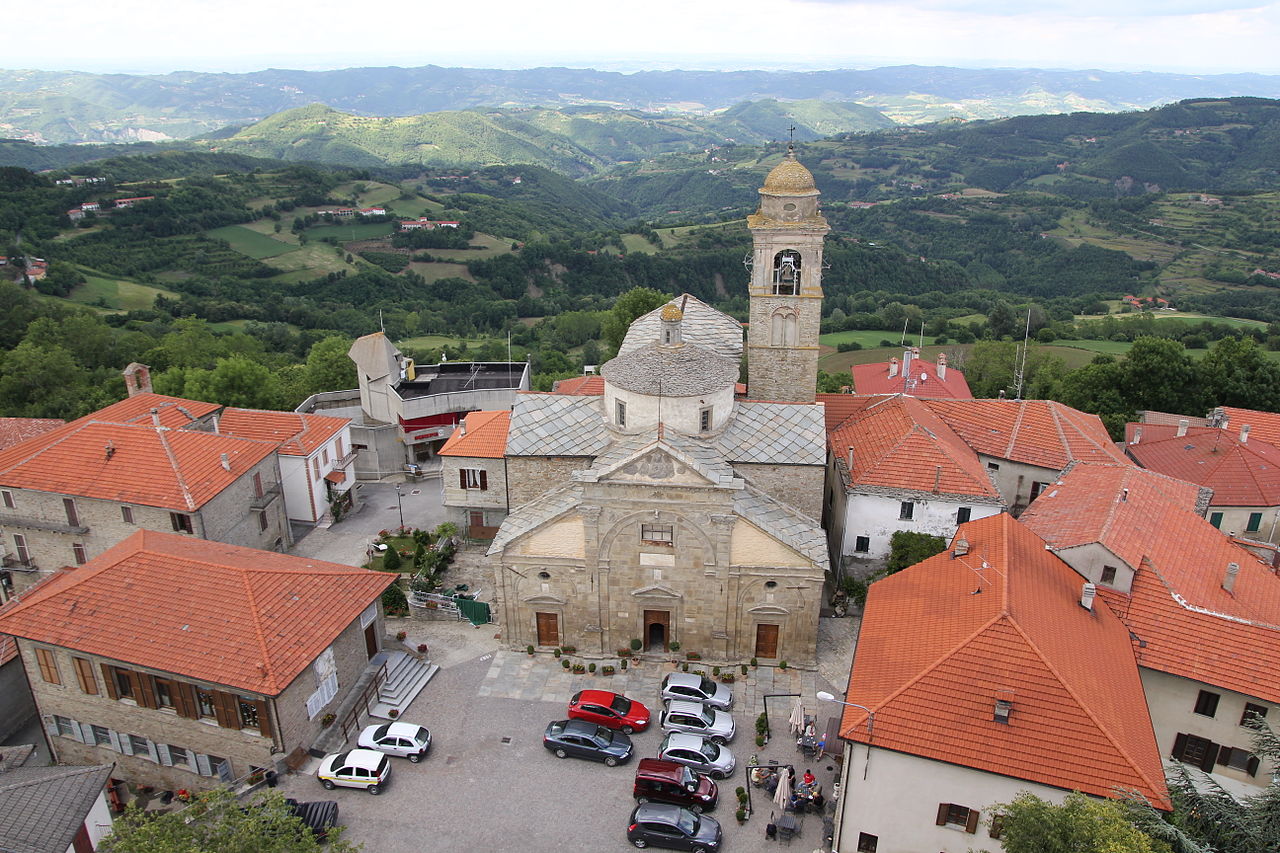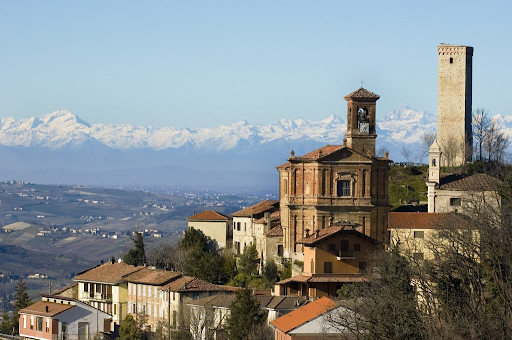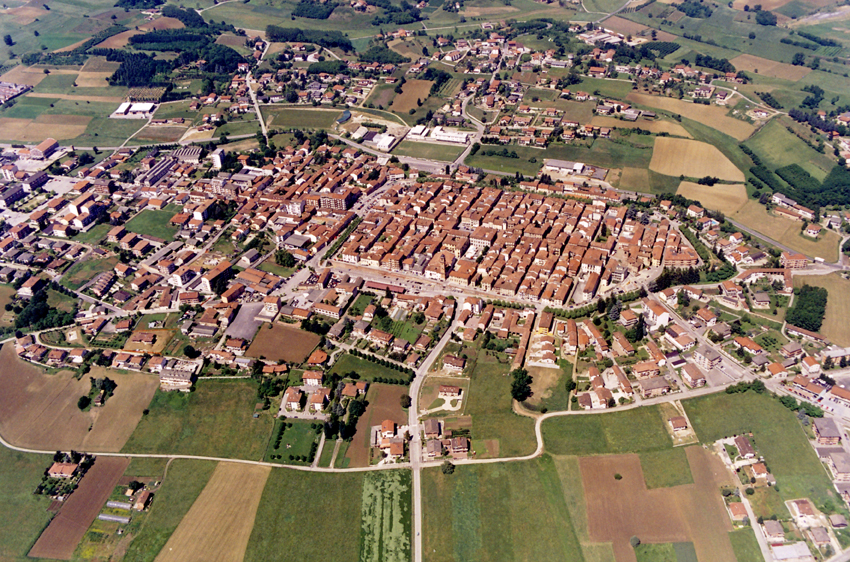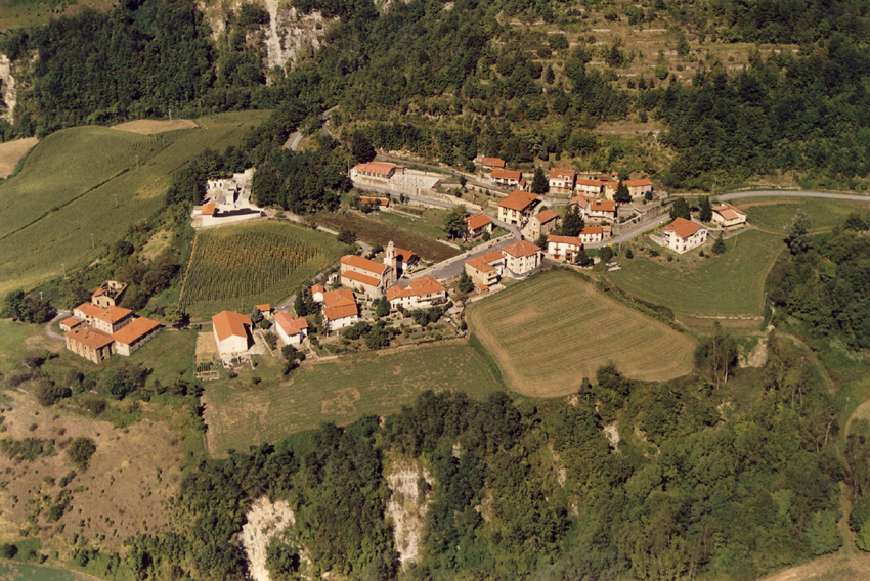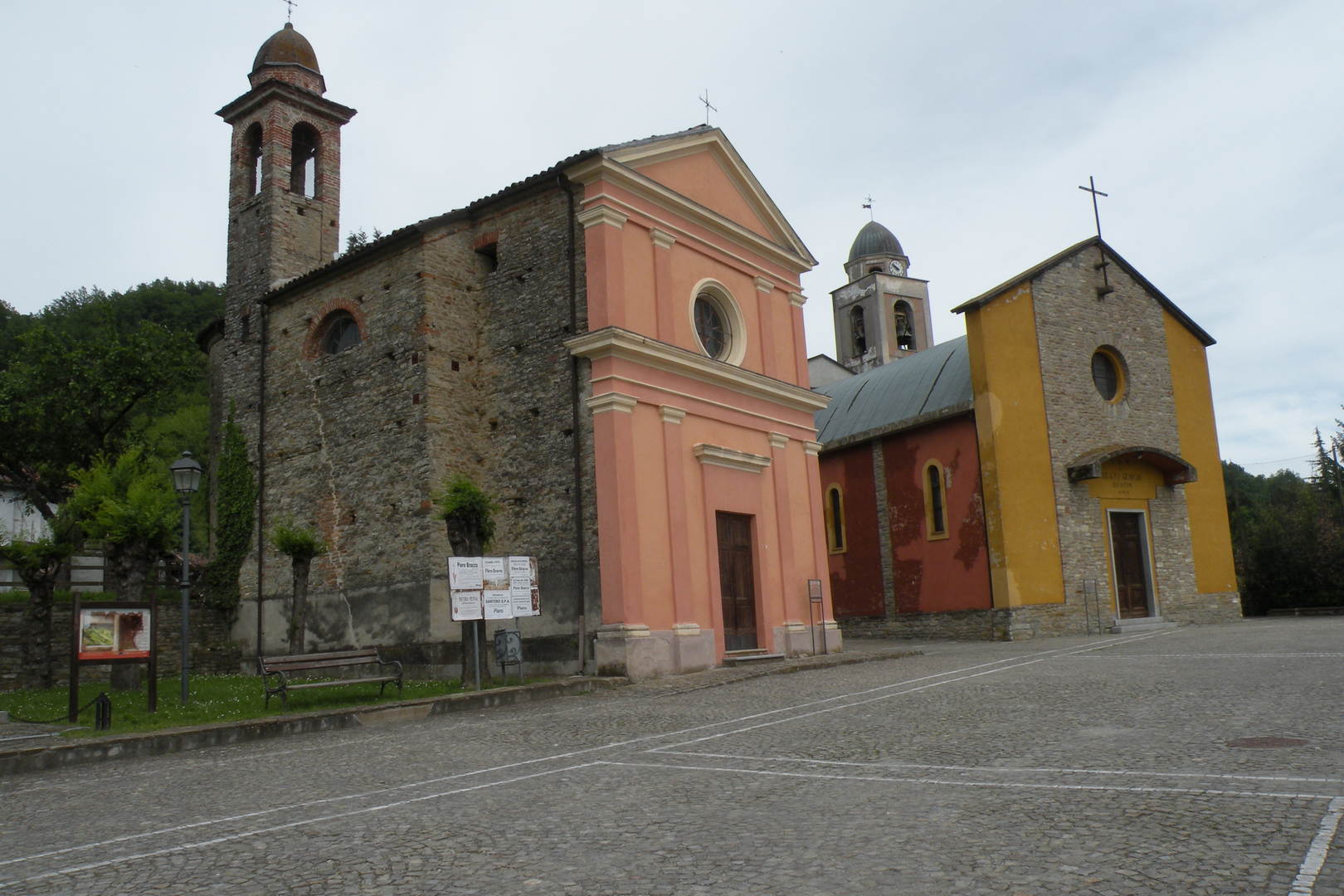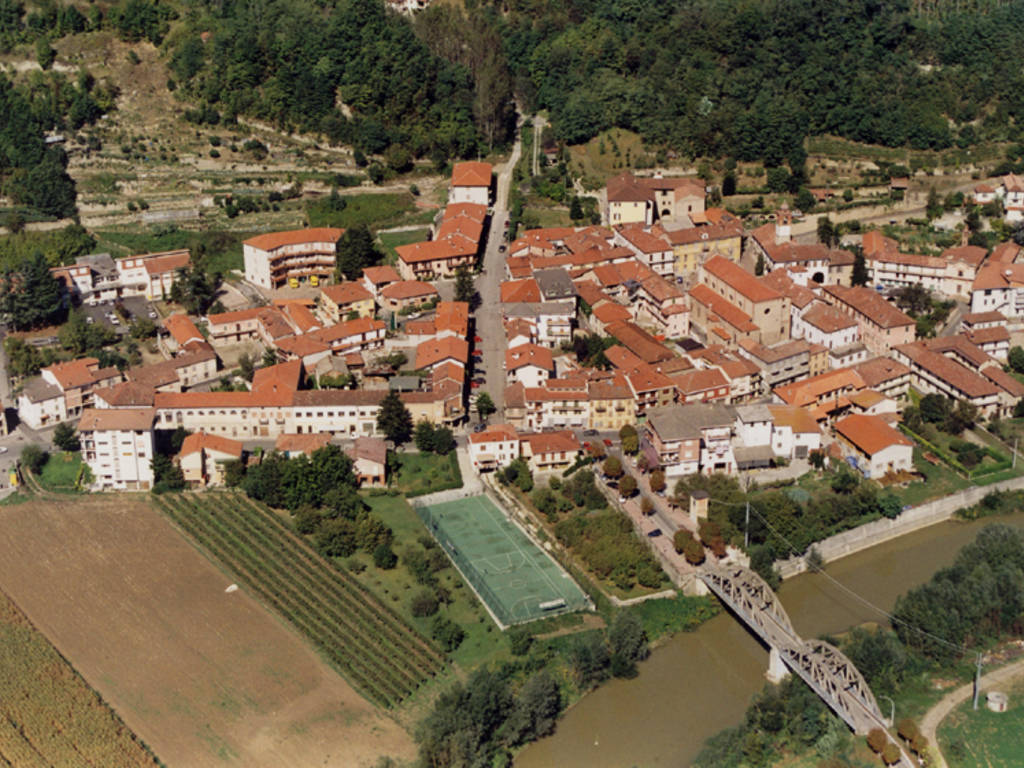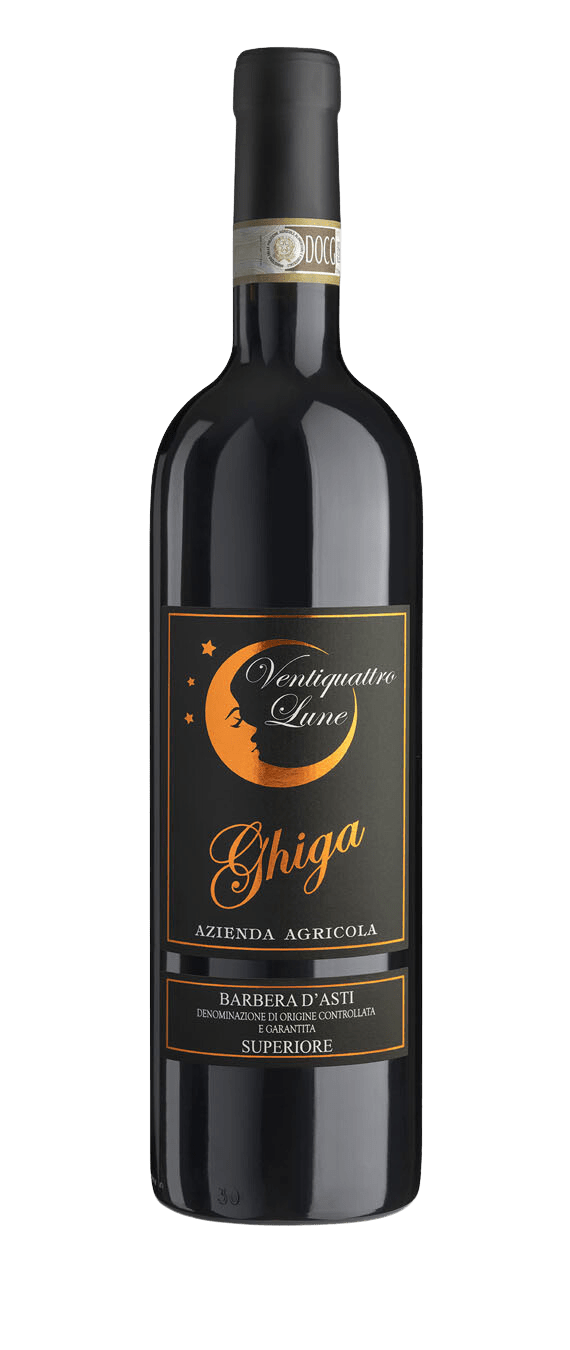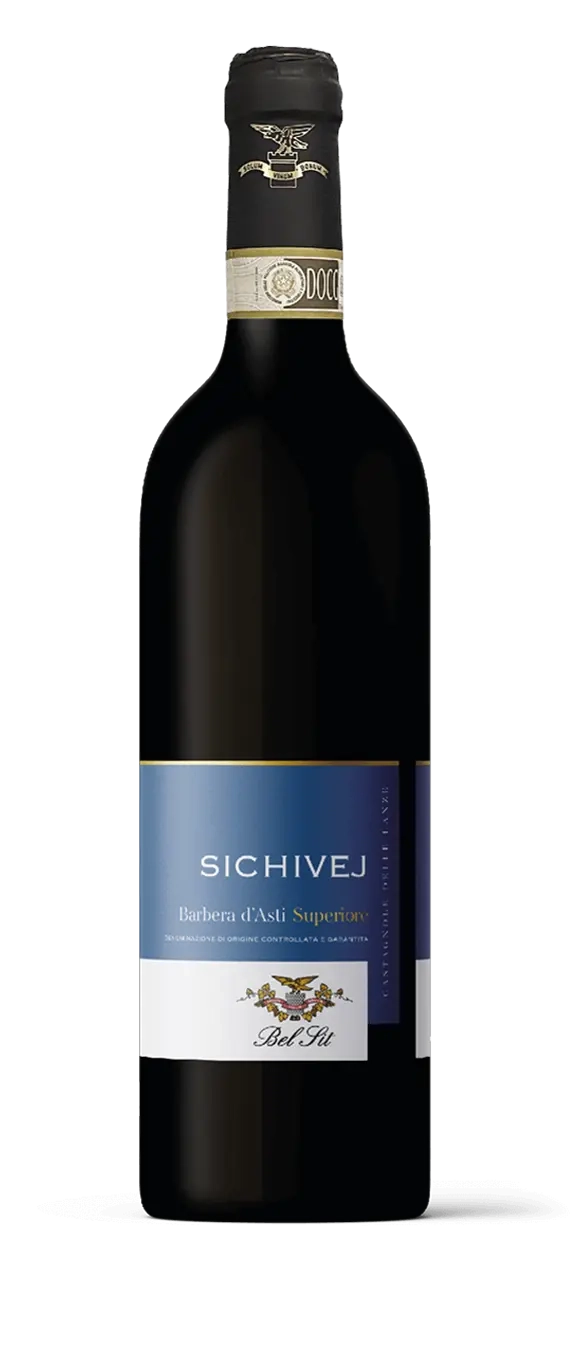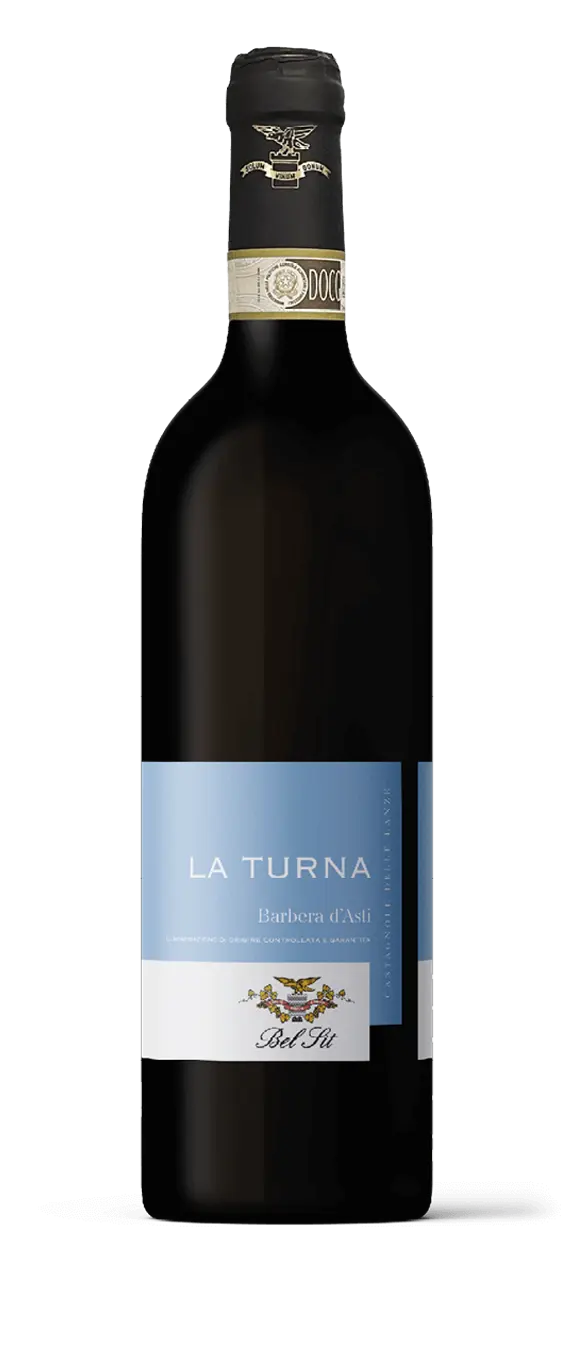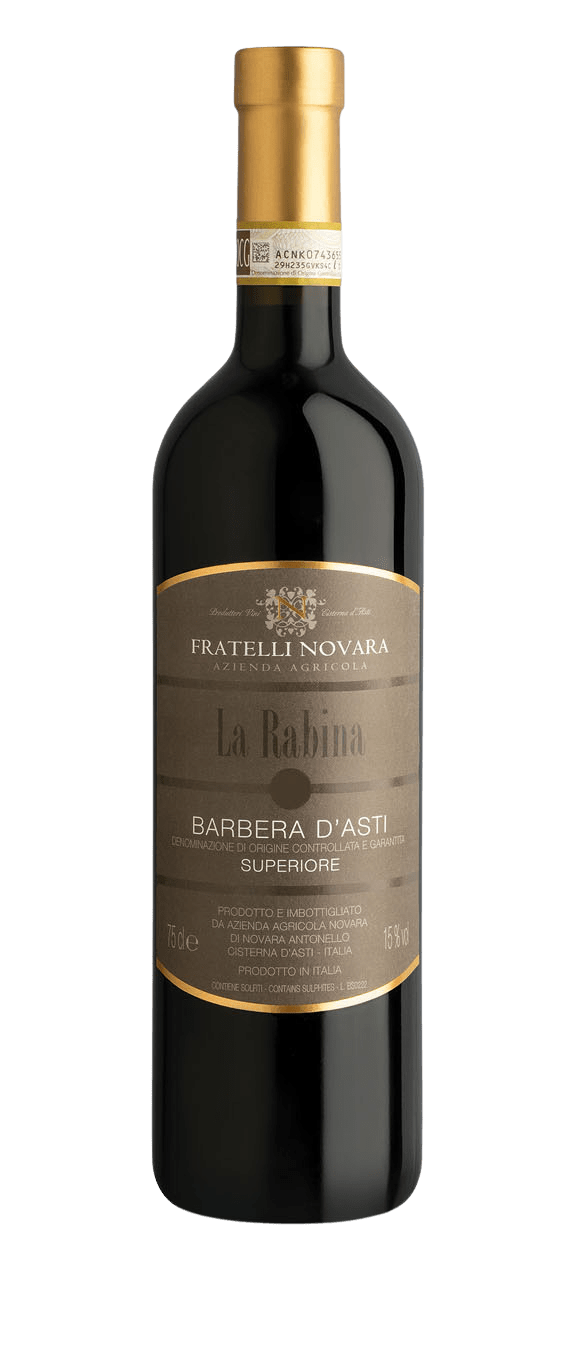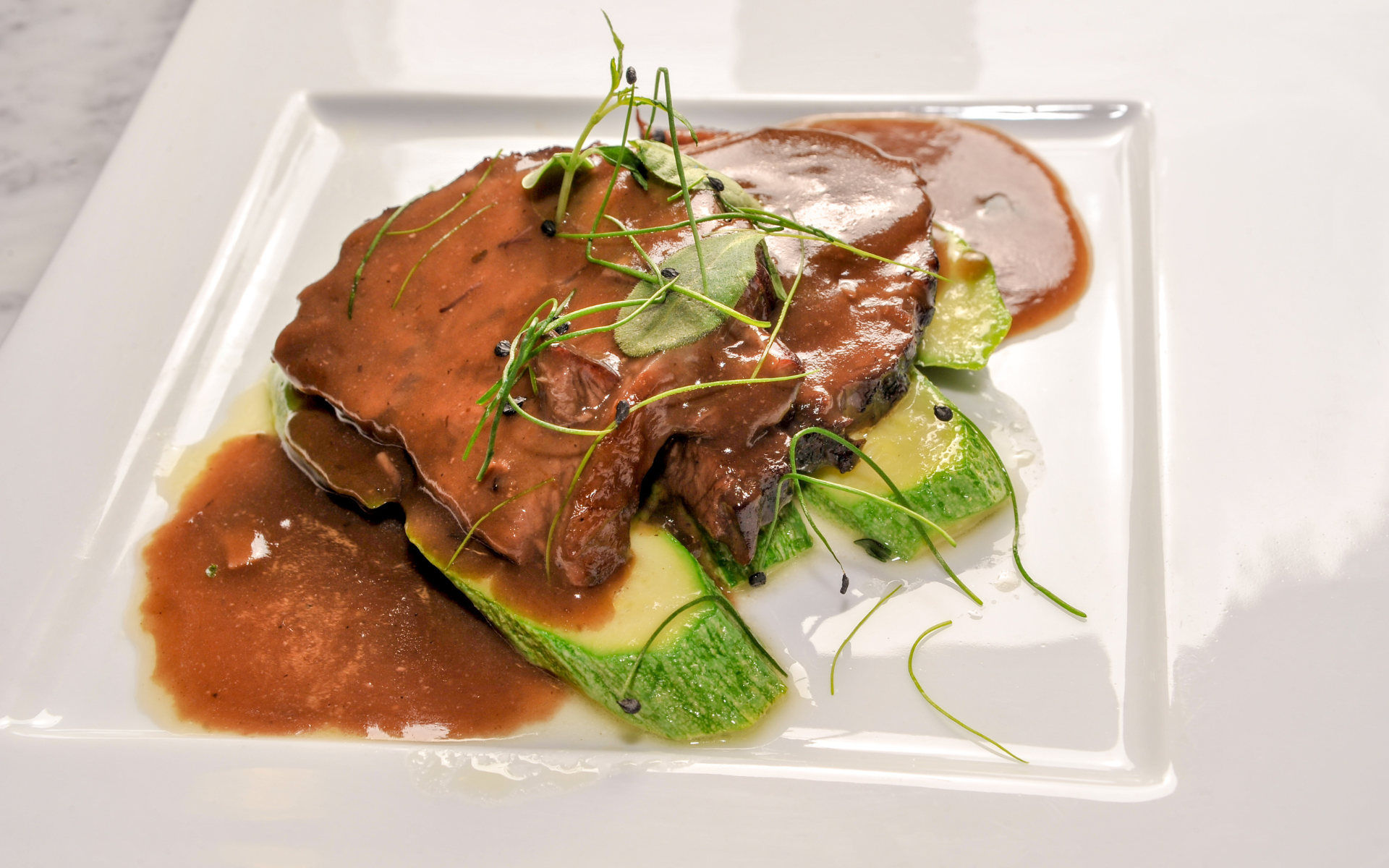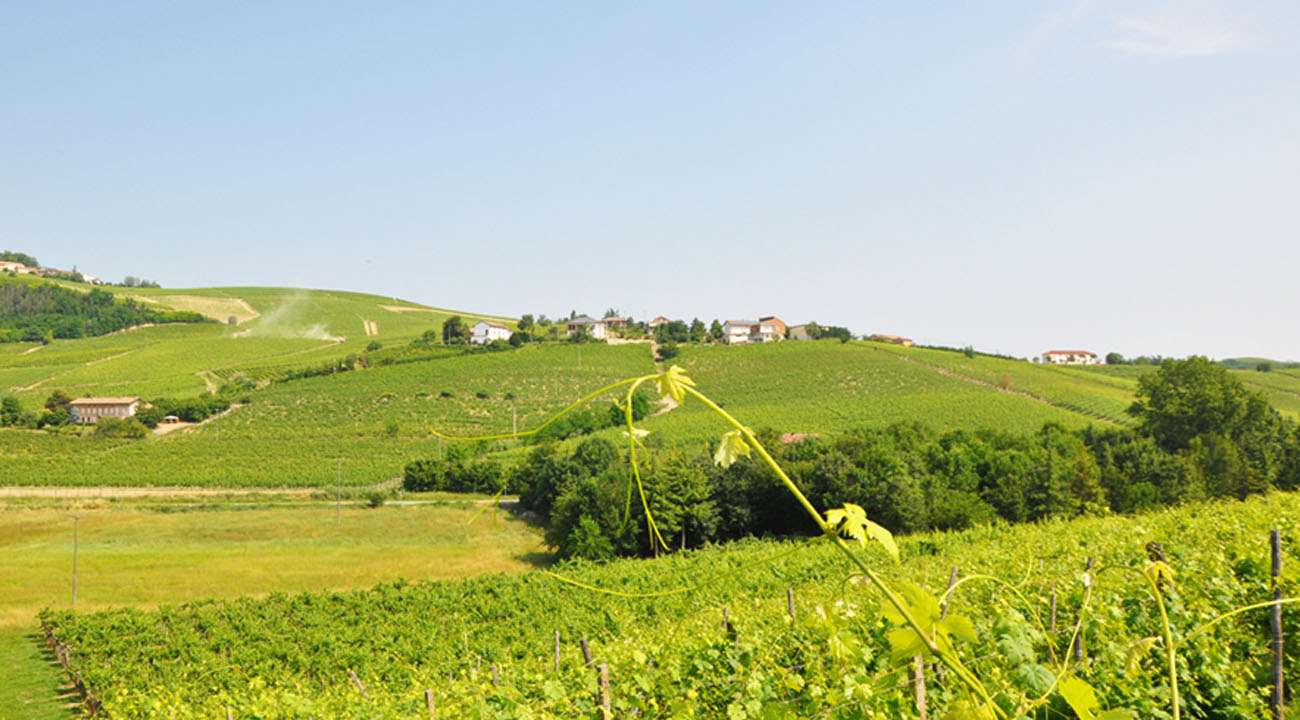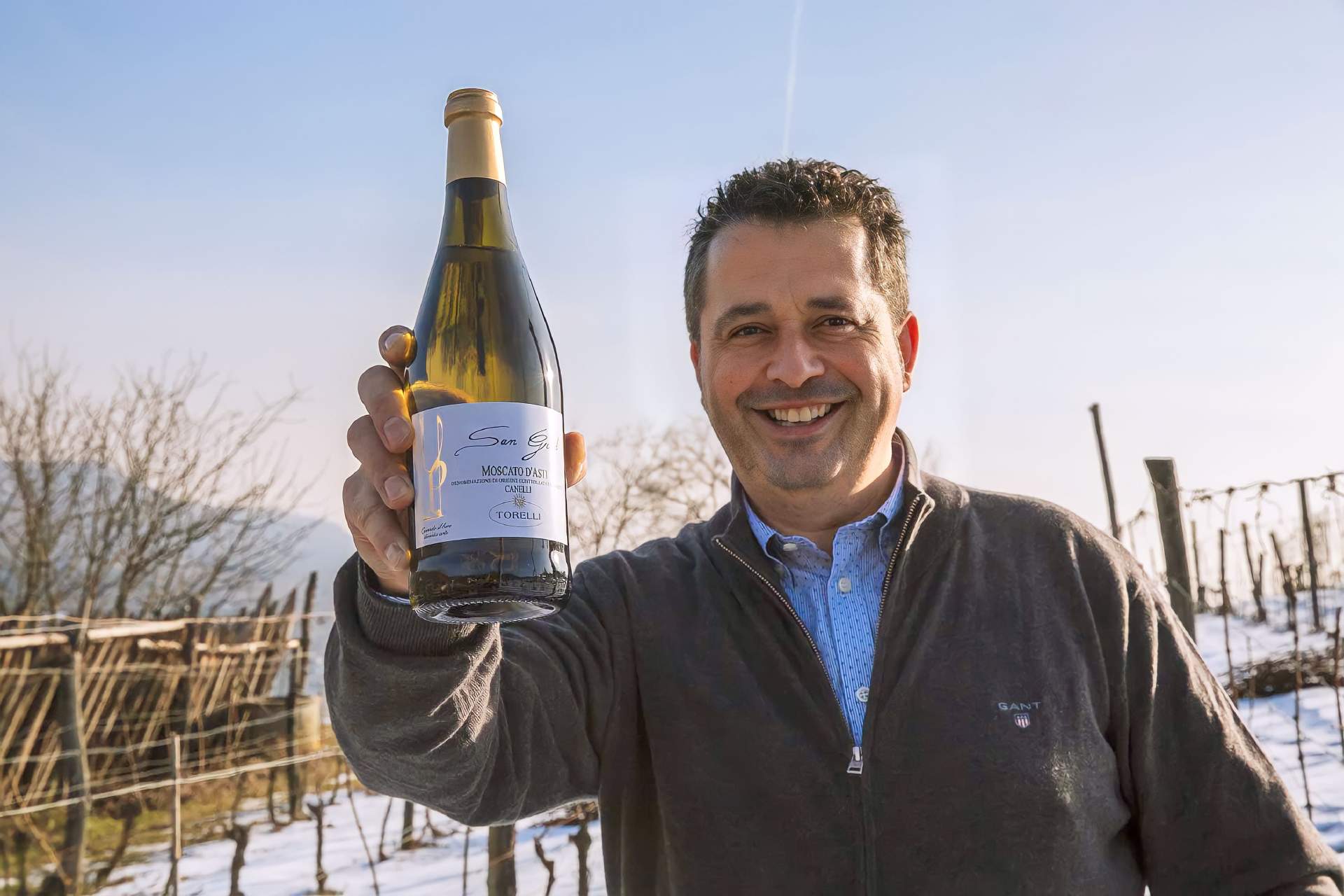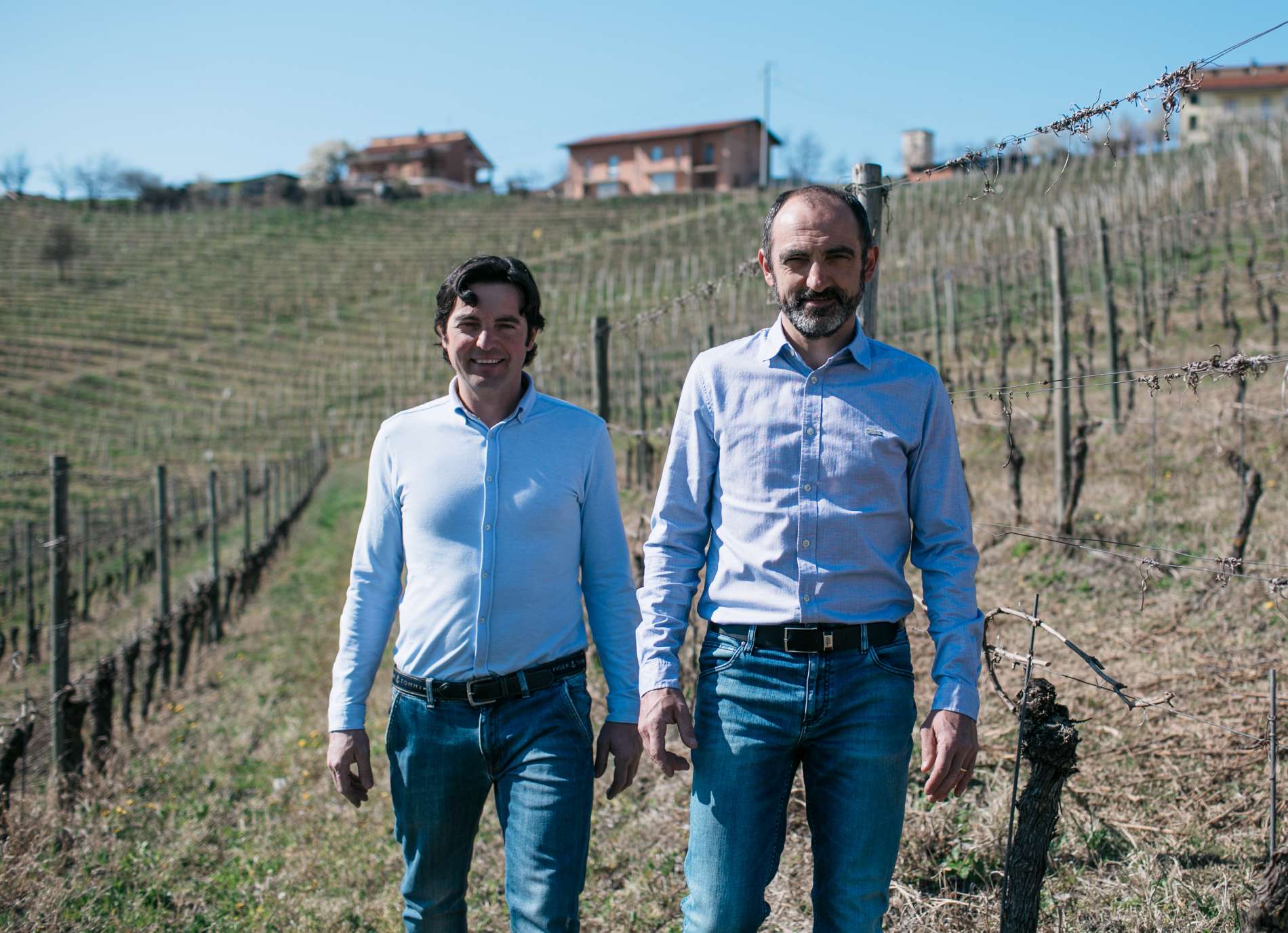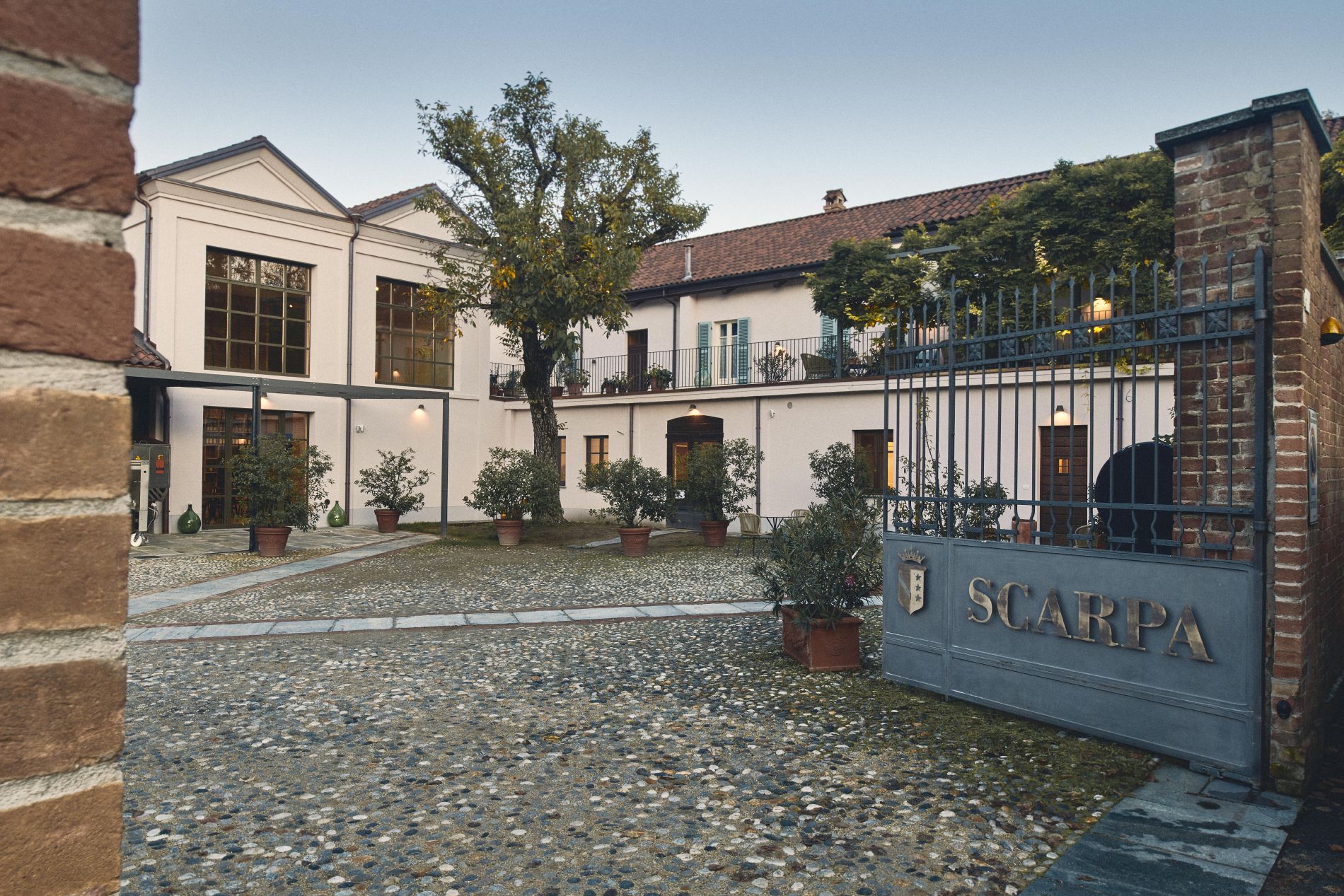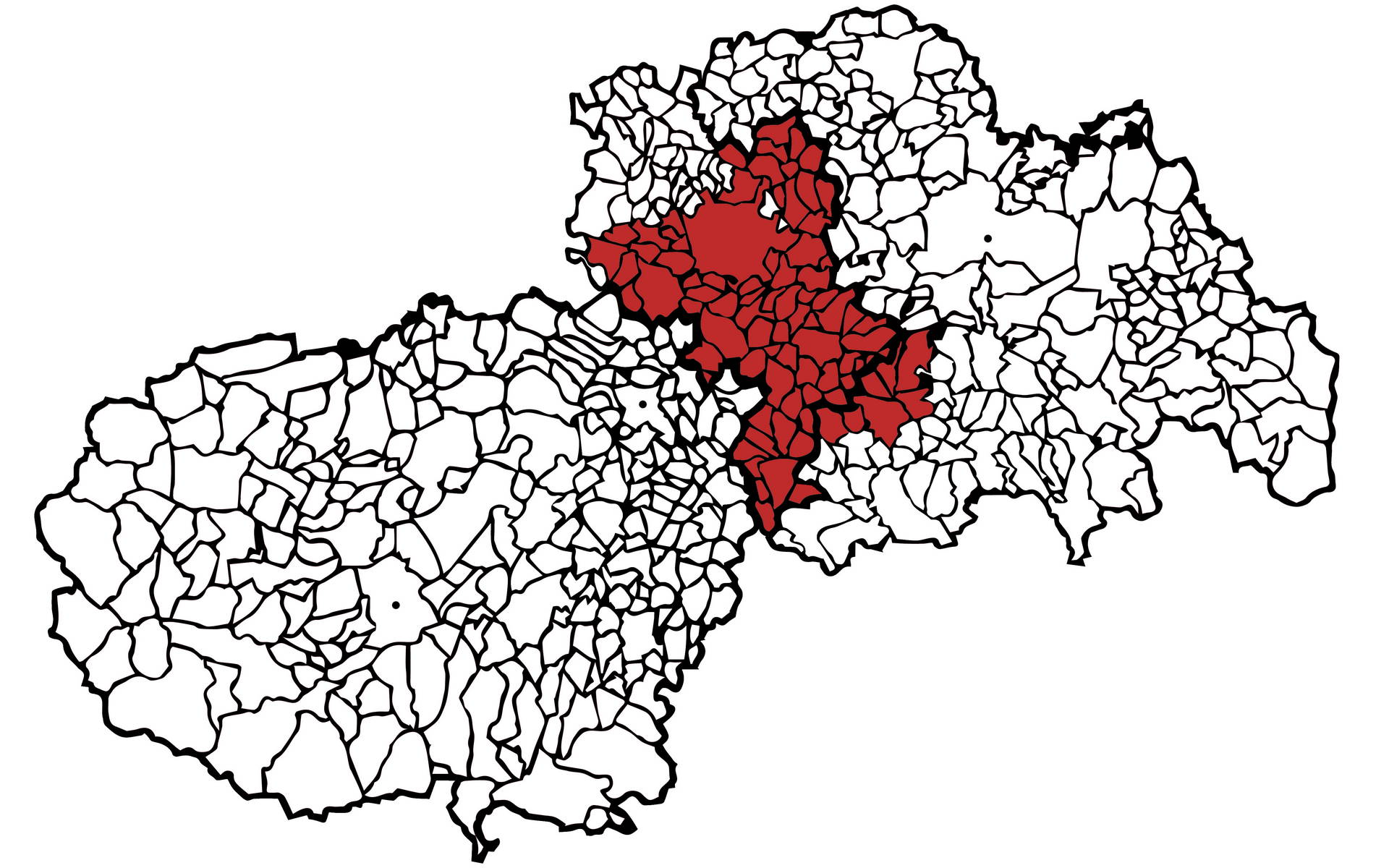
Barbera d’Asti DOCG
The story of Barbera d’Asti is one of redemption and evolution.
From being a wine “of the people” to a “popular” wine, in demand and sought after by connoisseurs all over the world; from a tavern drink to a pure expression of enoic Piedmont, capable of challenging the region’s most emblazoned reds.
The Barbera grape variety deserves this rediscovery because it is the most widely grown variety on the hills of Piedmont, and Barbera d’Asti is its most accomplished expression, produced in a restricted area that includes the Asti area and a few towns in the Alessandria region.
The quality achieved is the result of selections in the vineyard and rigorous practices in the cellar. If in the past every slope was considered good for planting grapes, today Barbera goes only in the best exposures. If winemaking favored acidity over finesse, blending with other wines over purity, quantity over quality, today these canons are literally being reversed.
Producers know the potential of the “Lady in Red,” and consumers appreciate its soft power, the balance between fruit and elegance.
Above all, Barbera d’Asti has revealed that there is a Piedmont beyond the Langhe of Barolo and Barbaresco. Beyond Nebbiolo. It opened consumers’ mental boundaries and proved that there are no “inferior” grape varieties, at best, distracted winemaking.
The dichotomy between “Barbera and Champagne” sung by Gaber, between what is low and what is high, between trivial and sophisticated, between simple and complex seems to have finally faded. It has been replaced by an incredible desire for qualitative rediscovery that today makes Barbera d’Asti an indispensable wine for the knowledge of what Piedmont winemaking is capable of expressing.
Vines
Appellation
Color
Type
Min. alcohol
Variants
Established on
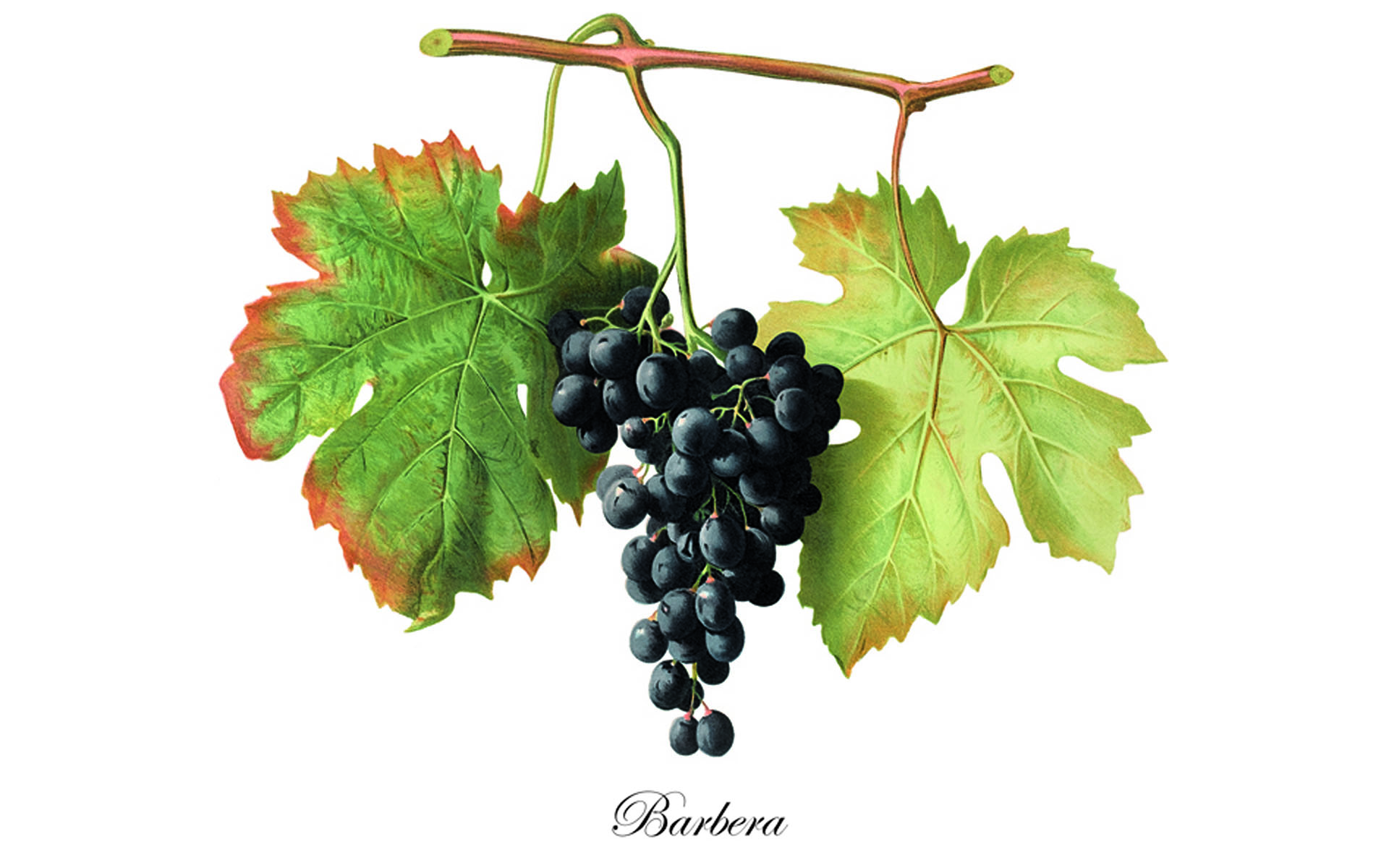
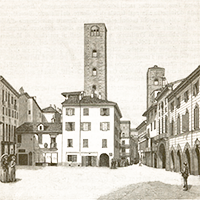
The history of Barbera d’Asti DOCG
The wine of redemption
The Ampelography of the Province of Alessandria, licensed by Carlo Leardi and Pier Paolo Demaria in 1873 thus describes barbera: "A very well-known vine and one of the main bases of the wines of the Asti and lower Monferrato areas, where it is indigenous and has been cultivated for a very long time."
An ancient and native vine of the Asti region then: but just how ancient and since when has it been cultivated? To answer this question we must go back to the 13th century, recovering a lease document from Casale Monferrato: it is here that, for the first time, "vitibus berbexinis" is mentioned. Traces of the name "barbera" are found in the 1514 cadastre of Chieri, but the first ampelographic description is that of 1798, when it officially enters the list of Piedmontese grape varieties compiled for the Agricultural Society of Turin.
Barbera, then, would seem to be a grape variety of early medieval spread. A thesis confirmed by its very etymon, which - though uncertain - would refer to the term barbarus. Piedmont, on the other hand, has always been a borderland where "Barb" root place names abound: Barbaresco, Barbania, Barbantana, Barbassa, Barbe, Barberis, Barbero... and so on.
However, the history of Barbera as we know it today is linked to the 19th century. After the destruction of Italian vineyards by phylloxera, Piedmontese farmers largely chose to replant barbera because of its undoubted qualities: exceptional vigor, good adaptability, and productive constancy. It was in the early 1900s that barbera grapes conquered Piedmont and became the most widely planted grape variety in the region.
So much abundance had to find its market. And so Barbera became the first widely popular wine. Taverns and dance halls in northern Italy were flooded with Barbera, often of the lowest quality, "cut" with wines from southern Italy to balance its natural acidity.
It was in the first half of the 1980s that the fate of Barbera changed course. In the area of Asti and Canelli, producers eager to give back to the "Lady in Red" its dignity began to vinify it in purity. They chose the sunniest plots of land, introduced thinning in the vineyard, abandoned cutting for good and decided to enrich the vinification with some passages in wood.
Barbera d'Asti was reborn in its perfect version. The same one that today sets the standard and, thanks to the qualitative efforts of the entire sector, in 2008 conquered the top of the DOCG, rightfully joining the great wines of Piedmont.
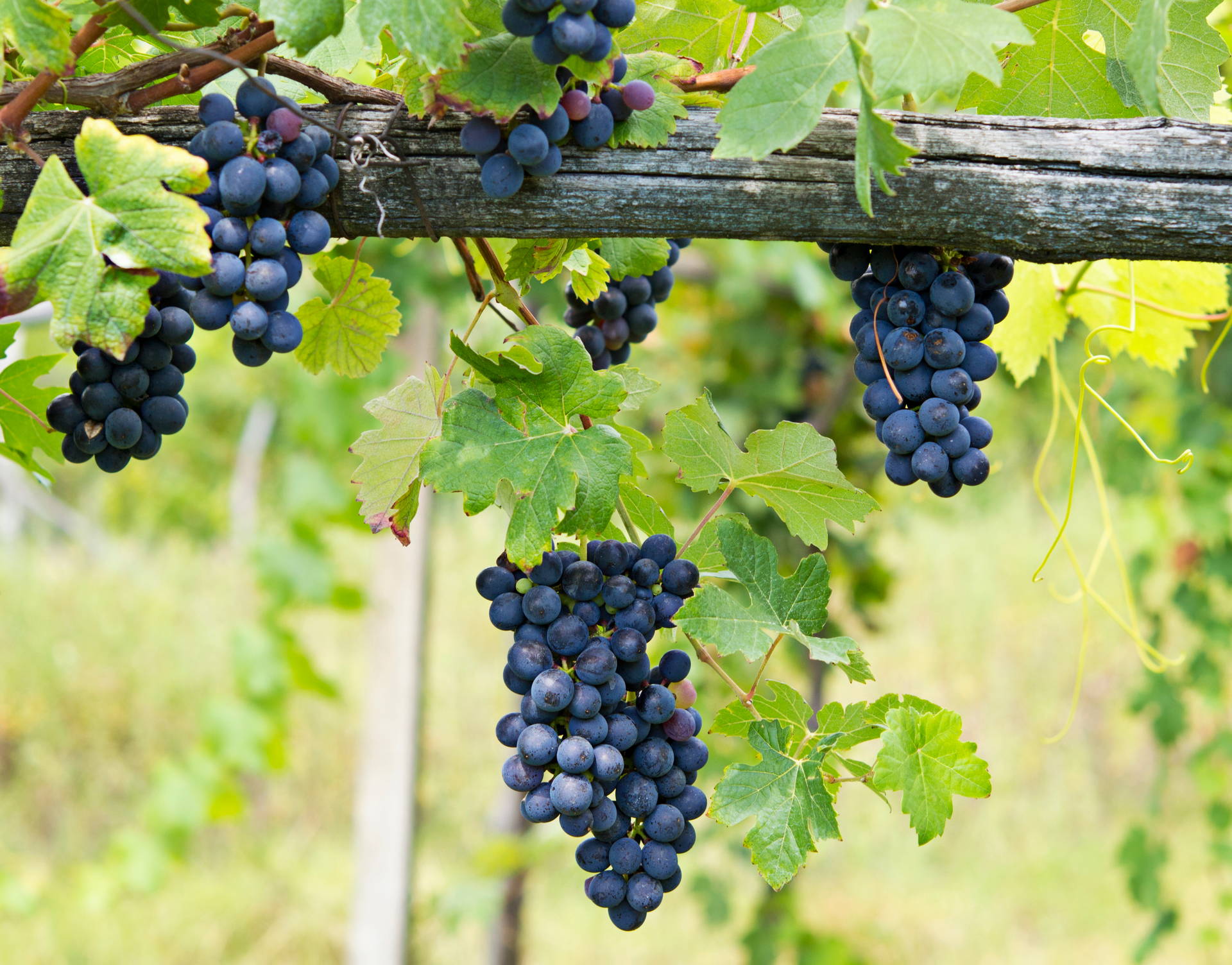
Barbera d’Asti DOCG: Terroir
The Barbera d'Asti production area includes the province of Asti and part of the province of Alessandria over a total area of about 5,500 hectares.
It is a hill system characterized by soft, undulating slopes that do not exceed 400 meters in altitude and, in some areas, have large areas of woodland.
The Barbera d’Asti soils date back more than 2 million years, when the sea began to recede from the Po Valley.
Summarily, the soils can be divided into two main areas. The western and southern hills of the appellation have a geology characterized by Marne Bianche, or beds of clay mixed with sandstone and limestone originating in the Miocene.
The central part is younger (crossed by the Tanaro River), where the so-called Astiane Sands, born in the Pliocene and more similar to the composition of the Roero, dominate. The Astiane Sands are sedimentary type deposits in a coastal environment, rich in fine sandstones, calcium carbonate and poor in organic matter. They are loose soils, which retain less water and are therefore drier during the summer season.
On these hills, the barbera vine occupies the best exposed slopes and hillside bricchi because it needs excellent solar radiation to reach full maturity.
The characteristics of Barbera d’Asti wine are closely related to the soil. Those of white marls are generally more full-bodied and structured, rich in color, long-lived. The Sabbie Astiane, on the other hand, give wines characterized by intense, fine aromas low acidity and earlier ripening.
Preferred Altitude
Preferred Soil
Crus / MGA
Towns where it's produced
Barbera d’Asti DOCG: Vines
The Barbera d’Asti DOCG is a single varietal wine, and therefore can be made exclusively by Barbera grapes
Its sturdiness, and constant, abundant output is one reason for its popularity all over Piedmont, but it was used to replace the vines ravaged in the early years of the century by an outbreak of phylloxera. The grapes ripen in late September and early October. The bunch is pyramid shaped, and more or less compact depending on growing and environmental... you can read more about Barbera here.

Barbera d’Asti DOCG: Features
What is striking about Barbera d'Asti is its color, acidity and absence of astringency given by a low tannic concentration.
The result is a characteristically fresh wine, with impenetrable violet hues and a richness of fruit that amazes with every sip.
The Superiore version, aged in wood, deepens and ennobles all these characters, succeeding in bringing Barbera d'Asti to a new taste level, rich in nuances, capable of competing with the most emblazoned reds on the international scene.
Sight
Barbera d'Asti has an intense ruby red color that is impenetrable to light, sometimes purplish.
With aging, the red tends to take on less intense hues, until it reaches a garnet hue.
Nose
In the more immediate and younger versions, vinous nuances and hints of red fruit - the cherry, blackberry, raspberry, plum - prevail, evolving with aging into hints of jam, caramelized fruit and fruit under spirits.
Aging in wood grants balsamic and spicy nuances, which can also reveal roasted aromas such as cocoa and licorice.
Taste
Barbera d'Asti offers an intense, full flavor spectrum of great warmth, veering toward dark-skinned fruit.
It is an immediate wine, with a pleasant acid backbone, which sharpens its freshness.
Aging adds austerity, a touch of tannin (always sweet and velvety) with hints of woody essences, opening to spices and vanilla.
Official regulation
Color
Perfume
Taste
Foam
Get a bottle directly from the producer
LoveLanghe Shop is a niche of great wines from the Langhe area: some unknown to most, some already quite recognized but perhaps hard to find in the big distribution, others in which we see potential but that have yet to grow.
Bottles are shipped directly from the winery to your home, with no intermediary.
Service
Barbera d'Asti is served in large ballon-shaped glasses at a temperature of 18° to 20° C.
Barbera d’Asti DOCG: what to pair it with
Barbera d'Asti is the essence of an all-meal wine.
It prefers stuffed pasta dishes, red meats, grilled meats and medium-aged cheeses.
In its aged version, it can safely accompany game, long aged meats and blue cheeses.
It is perfect with risottos and traditional Piedmontese dishes such as braised beef, boiled meats and bagna cauda.
Recipes to pair with Barbera d’Asti DOCG
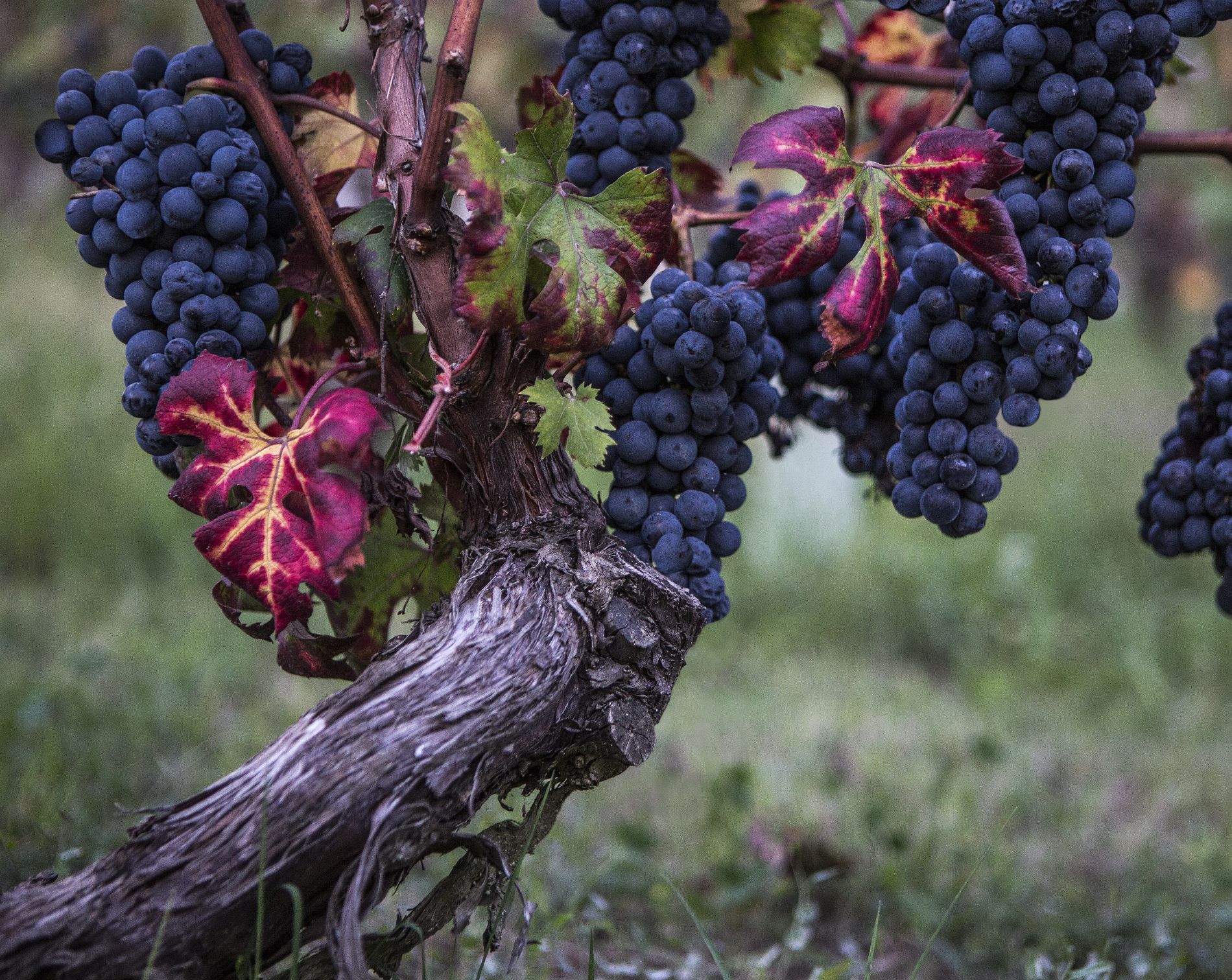
Barbera d’Asti DOCG: Production
Two production methods
Grown on the best-exposed hills of the Asti and Monferrato areas, Barbera grapes are usually harvested around mid-September.
After crushing and fermentation, there are two main versions that have become established in the current production method.
On the one hand, aging in stainless steel, of at least 4 months, which has the merit of offering Barbera d’Asti that is ready, chiseled and immediate, in which the hints of fresh fruit prevail and the natural acidity of the grape variety stands out.
On the other, aging in barrels and barriques (at least 6 months out of a total of 14) aimed at producing the “Superiore” type.
The encounter with wood gives rise to much longer-lived, complex and round Barbera d’Asti that, while maintaining a good acid shoulder, demonstrate a more docile and deep character, enriched with balsamic and spicy notes.
Time in wood
Time in bottle
Time to market
Grapes Yield
Meet the producers
Curiosities
An exceptional wine that gives unique characteristics, especially if the grape variety is grown in valuable areas.
Starting in 2000, the specification for Barbera d’Asti provided for the possibility of indicating three subzones on the label:
- Tinella
- Colli Astiani
- Nizza
The sub-areas are created to promote and enhance certain areas of value within the boundaries of the appellation, with a view to offering consumers the possibility of distinguishing with greater awareness the various expressions of the grape variety.
Subareas usually have more stringent winemaking and production characteristics in order to push quality upward.
The Tinella subzone, for example, can be attributed to all those Barbera d’Asti wines produced in the territory of the municipalities of Costigliole d’Asti, Calosso, Castagnole Lanze, Coazzolo and Isola d’Asti. It has a minimum alcohol volume of 13% and must be aged at least 12 months, 6 of which must be in wood.
The same applies to the Colli Astiani subzone, which, however, can only be produced in the municipalities of Azzano, Mongardino, Montaldo Scarampi, Montegrosso d’Asti, Rocca d’Arazzo, Vigliano, Asti (hamlets of Montemarzo and San Marzanotto Valle Tanaro) and Isola d’Asti.
A separate discussion would merit the Nizza subzone, the one that has come the furthest since its creation.
Restricted to the territory of the municipalities around Nizza Monferrato, the historical heart of Barbera d’Asti, Nizza has managed to emancipate itself from its own disciplinary, obtaining, in 2014, its own appellation: the Nizza DOCG.
Credit to the producers of the area who, after a long bureaucratic process, have been able to propose a qualitatively impeccable wine with its own characteristics.
A pure Barbera with very low yields, vocated to longevity. In fact, Nizza must age a minimum of 18 months, 6 of which must be in wood.
























